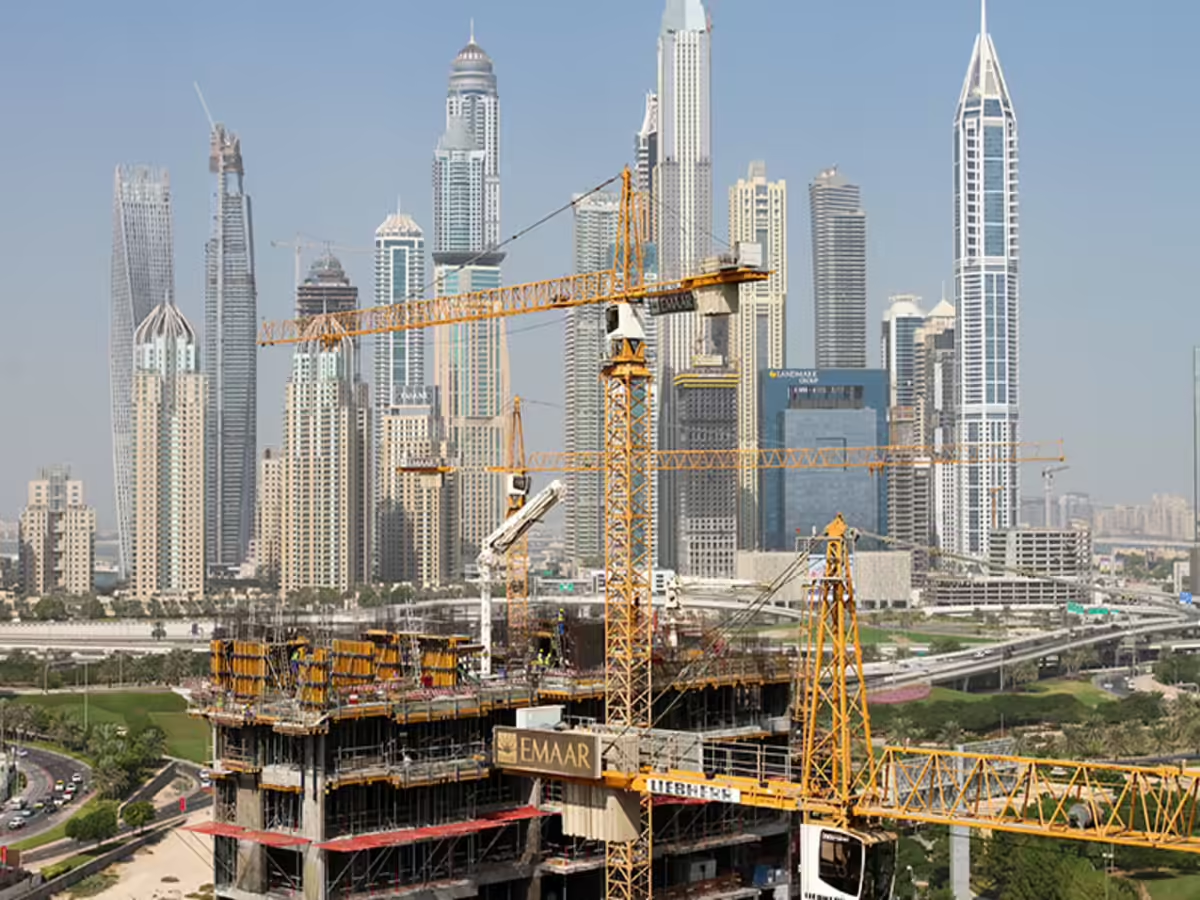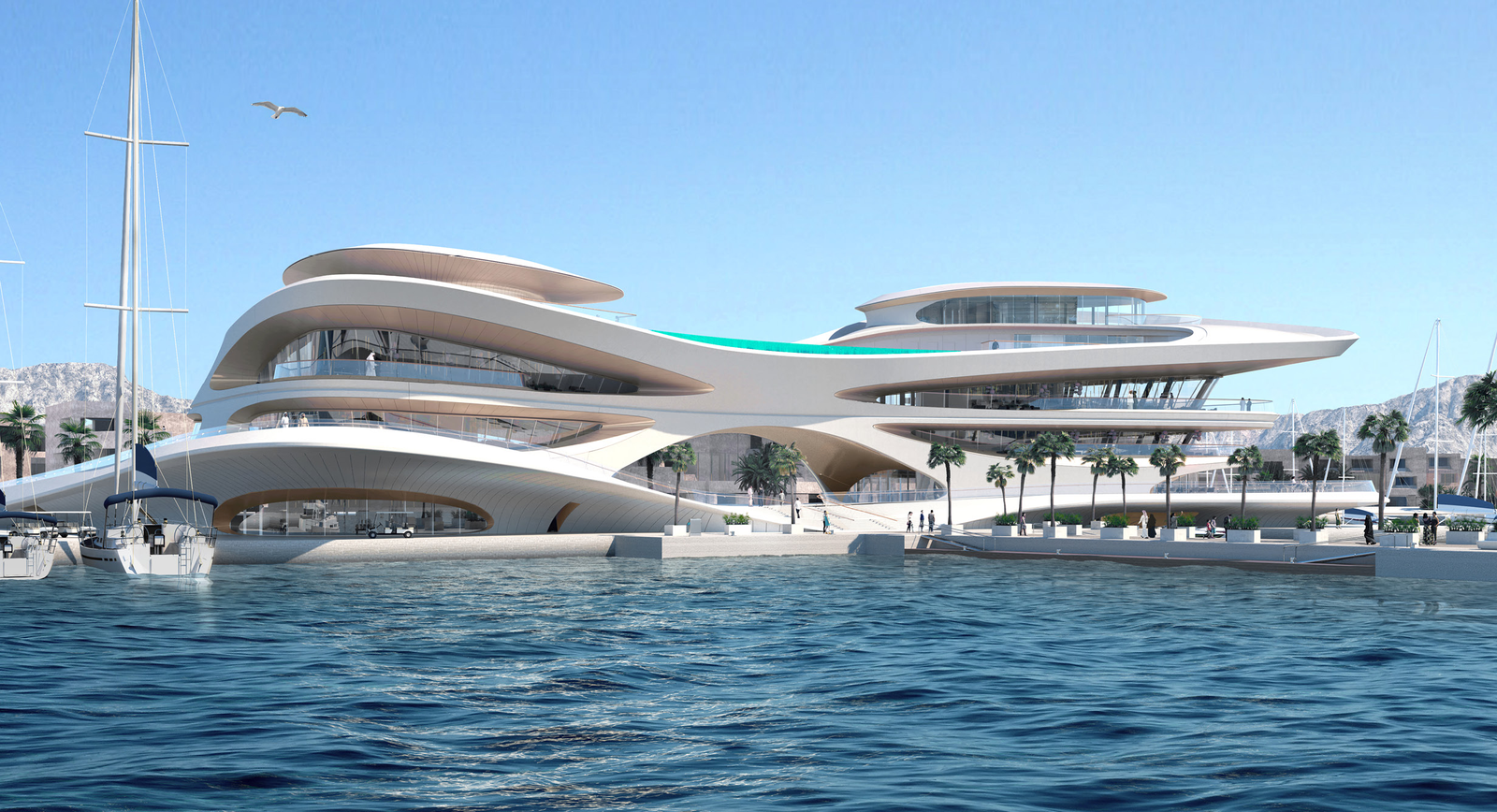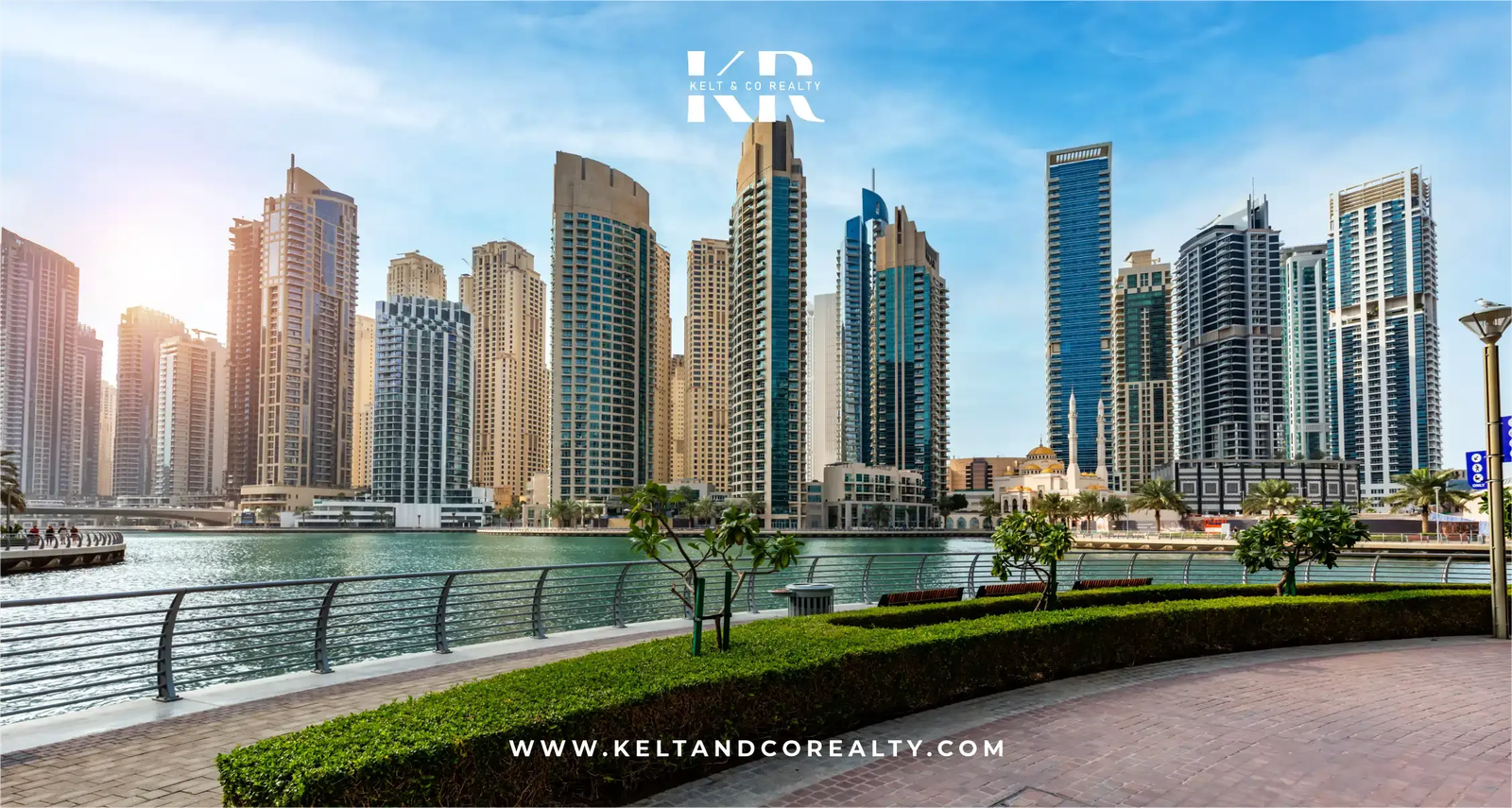Now Reading: Major UAE developers setting up in-house construction firms to increase cash flow
-
01
Major UAE developers setting up in-house construction firms to increase cash flow
Major UAE developers setting up in-house construction firms to increase cash flow

UAE developers in‑house construction is transforming profitability and control
UAE developers in‑house construction is becoming a major trend across the Emirates. As the real estate market heats up, prominent developers are increasingly setting up their own internal building arms. This move gives them more control, faster timelines, better quality, and improved cash flow ensuring they stay ahead in a competitive landscape.
Why UAE developers are moving construction in-house

For years, UAE developers like Emaar, Arada, Azizi, Ellington, and others relied on outside contractors to build their projects. Now, faced with soaring demand and supply challenges, they’re shifting gears.
Prices in Dubai have surged by 70% over four years, and the government plans to double the population by 2040. While launches jumped 83% in 2024, project completions actually dropped by 23%, putting pressure on developers who needed to accelerate delivery and unlock funds tied up in escrow.
In response, developers like Emaar have launched Rukn Mirage, its own construction unit, while Samana now handles up to 80‑90% of its projects internally. Arada even partially acquired an Australian contractor to bring in-house operations fully under UAE management by 2027.
Benefits of the in-house construction model
Stronger control over timelines and quality
Managing construction directly lets developers synchronize planning, procurement, and delivery. This reduces delays and ensures consistent quality key when buyer payments remain in escrow until handover.
Improved cash flow and profitability
Projects completed on time mean funds are released from escrow, helping developers pay shareholders and fund new ventures. Owning the full project pipeline from acquisition to handover gives a direct route to revenue
Better risk management in a tight market
With fewer contractors bidding-often just two or three per project turnover is high, and external bidding isn’t reliable. In-house construction provides stability.
Alignment with national self-reliance goals
This shift matches the UAE’s broader strategy of boosting local capacity in strategic sectors like construction.
Subheadings – How developers are approaching this shift
Emaar’s hybrid model
Emaar remains flexible: high-profile projects may go through Rukn Mirage, while others are still outsourced. This balances control with capacity.
Samana’s aggressive ratio shift
What began as 20% of work handled in-house now accounts for nearly 90%. It’s a rapid and bold pivot toward vertical integration.
Arada’s strategic acquisition
By bringing existing contractor capability under its flag especially from Australia Arada gains expertise and future-ready capacity.
Subheadings – Potential downsides to in-house construction
Risk of overextension
Managing procurement, site logistics, safety, and subcontractors adds layers of complexity. Developers risk losing focus on their core creating and selling real estate.
Idle capacity in a downturn
If the market slumps, in-house teams, equipment, and facilities may sit idle adding financial strain.
Shrinking pool of independent contractors
Smaller or non-real estate contractors may shift to sectors like infrastructure or oil and gas, where opportunities remain more stable.
Subheadings – The bigger picture: Market context and strategic implications
Real estate boom and population growth
Dubai’s property prices are up 70% over four years, and launches are surging. But delivery is lagging-so developers need to catch up to capitalize.
Strategic alignment with national goals
Greater local capacity in construction helps the UAE fulfill its vision of strategic self-dependence and operational resilience.
Industry expert caution
Gordon Rodger of Stonehaven warns that developers risk diluting their focus when acting as builders too. The balance is delicate.
What’s next for the UAE real estate and construction industries?
Expansion of in-house capabilities
Other developers may follow suit, creating more vertically integrated models.
Rise of mega in-house construction arms
With success in early adopters, we may see entire construction divisions built under master developers.
Supportive regulatory environment
Government policies may evolve to favour local procurement and ensure smooth escrows and inspections.
Consolidation among independent contractors
Contractors may specialize in niche sectors-industrial, infrastructure, or oil & gas where demand remains high.
Investment in tech and digital efficiencies
Developers could complement in-house builds with BIM, smart logistics, and AI to improve efficiency. Industry professionals already note BIM is reshaping project planning and execution in the UAE.
Final Thoughts
UAE developers in‑house construction is not just a trend it’s a strategic response to a rapidly evolving market. By controlling timelines, quality, and costs, developers can improve cash flow and enhance profitability. But the model isn’t without risks: overextension, idle capacity in slowdowns, and management complexity all loom large.
As long as demand endures and real estate remains central to the economy, the in-house construction model is likely to grow. The key for developers will be maintaining focus, adjusting capacity with demand, and investing in efficiency. When done right, this shift may redefine the future of property development in the UAE.






















